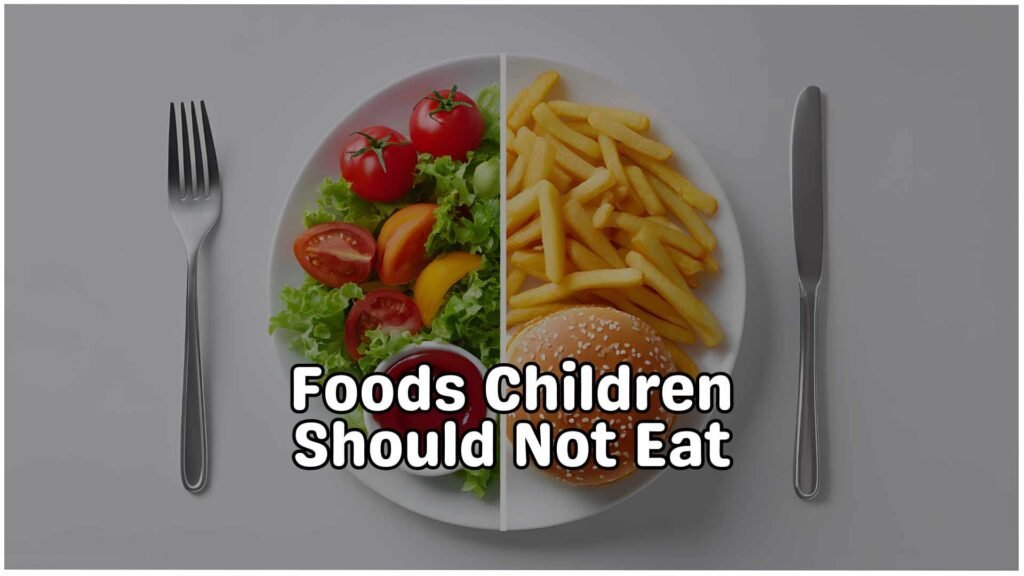Simple food swaps can help cut down on sugar, salt and preservatives in children’s diets. Even just 1 or 2 everyday changes can make a real difference to their energy, focus and overall health.
Highly processed foods loaded with sugar, artificial colors and unhealthy fats may keep hunger away temporarily, but they often leave children tired, distracted and craving more. The good news is, every one of these foods has a Nigerian-friendly swap that works.
These are the 8 foods children should not eat.
Processed Meats
Hot dogs, sausages, nuggets and corned beef are marketed as convenient protein and are foods children should not eat. In reality, they’re packed with nitrates, salt and preservatives. The World Health Organization classifies processed meats as Group 1 carcinogens, meaning there’s strong evidence they increase cancer risk.

Swap to:
- Grilled chicken strips (cook in bulk and freeze)
- Fish cut into small pieces and pan-fried
- Boiled eggs mashed with avocado
- Bean balls made from lentils or black-eyed peas
These are just as quick when prepared ahead, but much safer for lunchboxes.
Foods with Hidden Sugar
Sugar isn’t just in sweets. It hides in flavoured yogurts, biscuits, granola bars and juice boxes. This causes energy spikes followed by crashes. Children become irritable, lose focus and crave more sugar.
The WHO recommends limiting added sugar to less than 10% of daily energy intake, ideally below 5%.
You can Swap to:
- Dates blended into smoothies
- Bananas mashed into pancakes
- Baobab powder stirred into pap for natural sweetness
- Raw honey (for children over one year)
These options provide fiber and nutrients alongside sweetness for steady energy.
Instant Noodles
They’re cheap, fast and universally loved. But instant noodles are loaded with MSG, sodium and artificial flavoring. They fill children temporarily, then leave them hungry again because there’s little real nutrition.
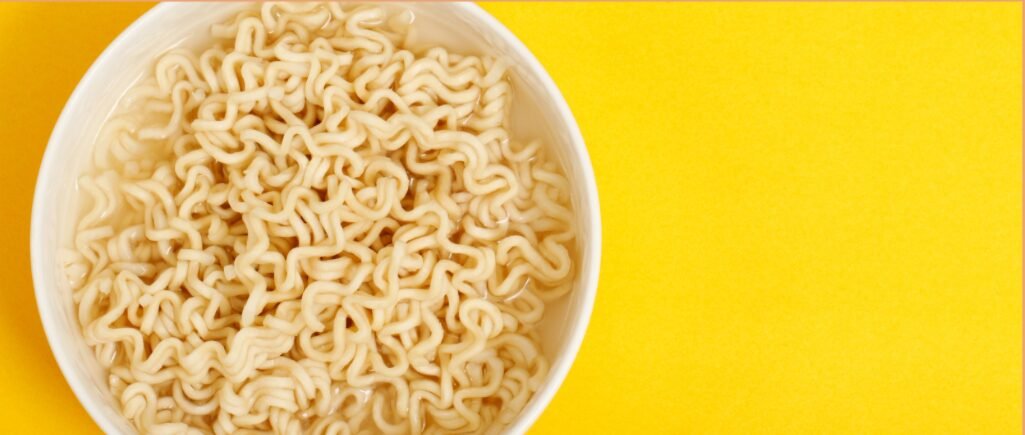
Swap to:
- Fonio (acha) Grain, which cooks in minutes and is rich in fiber
- Ofada rice or millet porridge
- Pasta with simple tomato sauce
- Plantain porridge with vegetables and fish
Batch-cook fonio or millet on weekends and store in the fridge. Reheating takes the same time as instant noodles.
Sugary Breakfast Cereals
Most colorful breakfast cereals are high in refined sugar, low in fiber and often contain artificial colors. Studies link high-sugar breakfasts to poor concentration and hyperactivity in children.
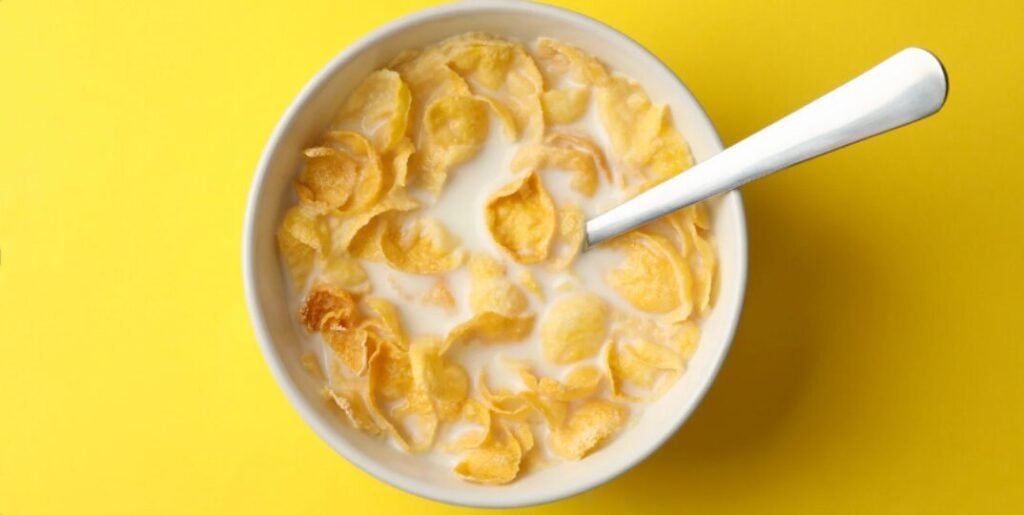
You can Swap to:
- Oatmeal topped with fruit and chia seeds
- Millet pudding made with coconut milk
- Pap fortified with soy flour for extra protein
- Fonio porridge with bananas and groundnuts
- Boiled plantain with scrambled eggs
These meals take almost the same time but keep children full and focused.
Custard Powders
Most supermarket custard brands are just corn starch mixed with artificial colours and flavours. Some contain tartrazine, a dye linked to allergies and hyperactivity in children.
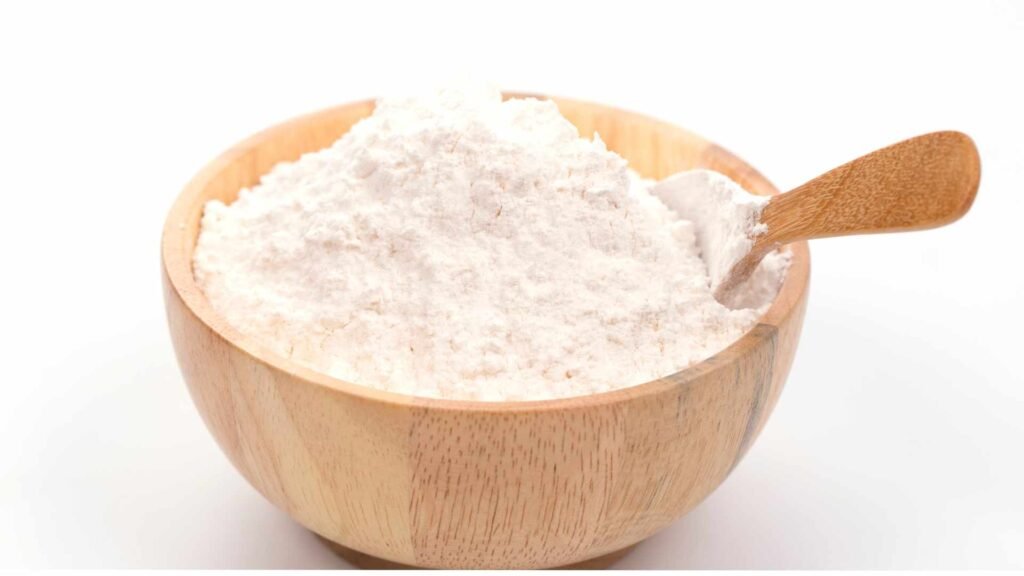
Better to Swap to:
- Real custard made with eggs, milk and vanilla
- Pap made from fermented corn, millet or guinea corn
- Banana blended with milk for creamy texture
- Greek yogurt topped with fruit
These carry real nutrients instead of just starch and artificial color.
Cheese Balls and Packaged Snacks
Cheese balls, packaged chin-chin and cartoon-branded biscuits are full of MSG, unhealthy oils and sugar. Regular snacking on these trains children to crave junk instead of wholesome food.
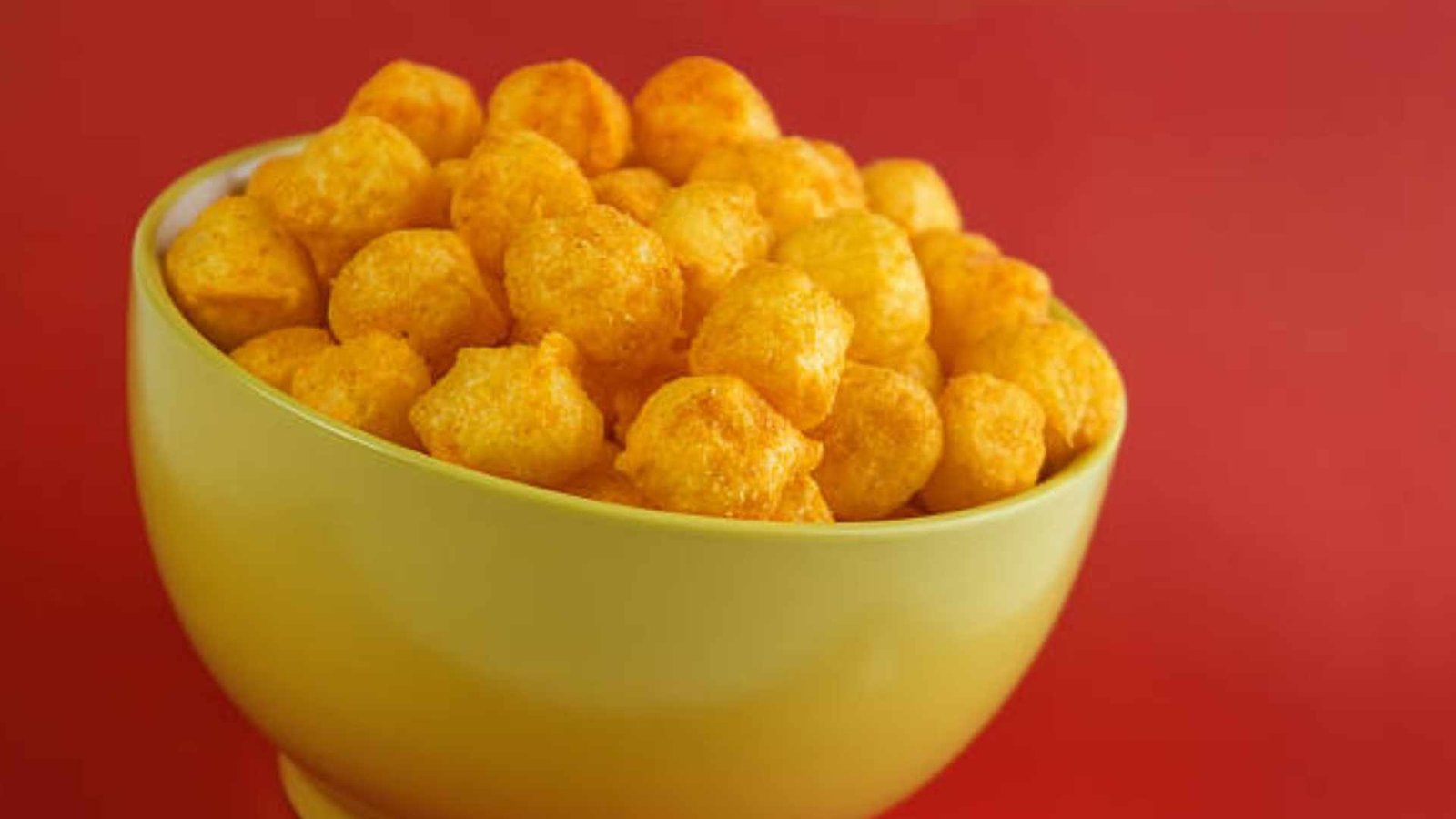
Simple idea to swap to:
- Homemade plantain chips
- Lightly seasoned popcorn
- Roasted peanuts or tiger nuts (for older children)
- Baked sweet potato slices
- Fresh fruit in colorful containers
Soda and Packaged Juices
Soft drinks are obvious, but many boxed juices marketed as “healthy” are also sugar water. They damage teeth, spike energy and offer little nutrition. The American Academy of Pediatrics and CDC recommend limiting juice intake because it adds sugar without fiber.
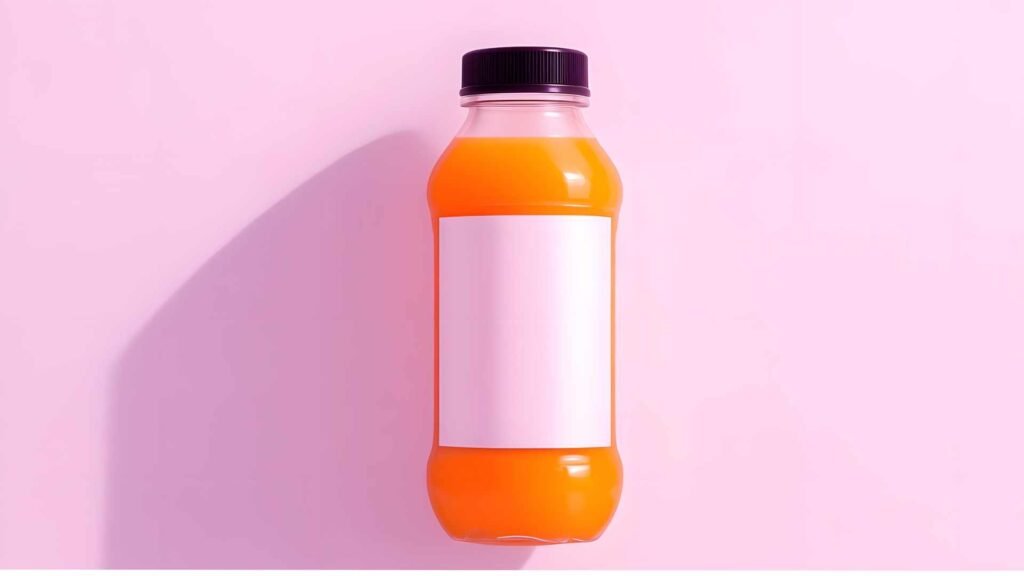
Swap to:
- Homemade zobo with fruits and natural spices
- Fresh coconut water
- Diluted fresh juice (half juice, half water)
- Fruit-infused water with cucumber, orange or watermelon
- Tigernut milk for natural sweetness
Foods with Artificial Colors
Brightly colored sweets and snacks often contain dyes like tartrazine, Red 40 and Yellow 5. Research links these to hyperactivity and allergic reactions in children.
Swap to:
- Turmeric for golden yellow
- Beetroot for red
- Spinach for green
- Or simply let fruits and vegetables show their natural colors
Making the Switch
Start small. Replace instant noodles with fonio this week. Next week, swap soda for homemade zobo. Slowly introduce oatmeal instead of sugary cereal.
Get children involved by allowing them pick fruits at the market, stir chia seeds into pap or help peel bananas. When they feel part of the process, they’re more likely to accept changes.
Over time, these swaps add up: steadier energy, sharper focus, stronger immunity and healthier eating habits that carry into adulthood.
Check Labels When Shopping
Always read labels. If the ingredient list has words that are hard to pronounce, or if sugar appears in the top three ingredients, consider alternatives.
Choose whole foods over processed products when possible. Look for short ingredient lists with recognizable items.
Shop Aga’s Wholesome: Baobab Powder, Chia Seeds, Raw Honey, Immunity Boost Mix
Follow @agas_wholesome for more healthy food ideas that work in Nigerian kitchens.

